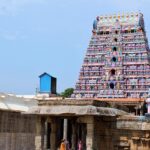Nestled in the dramatic landscape of Ladakh, Taktok Monastery (also known as Takthok Monastery) is a revered site for Tibetan Buddhists and an architectural gem of the region. Surrounded by craggy mountain ranges and serene valleys, the monastery’s unique charm lies in its rock-roofed structure, making it stand out among Ladakh’s many religious sites. With its history dating back to the 16th century, this tranquil sanctuary offers a blend of spiritual depth and cultural history.
Takthok Monastery Location

Photo: John Hill / Wikimedia Commons / Image For Representation Only
Takthok Monastery is located about 50 km from Leh in the Ladakh region of India. Nestled in the picturesque Indus Valley, it sits at an altitude of approximately 3,200 meters (10,500 feet), surrounded by breathtaking mountain landscapes.
Suggested Read: Places To Visit Near Leh Ladakh That Will Drop Your Jaw
How To Reach Takthok Monastery
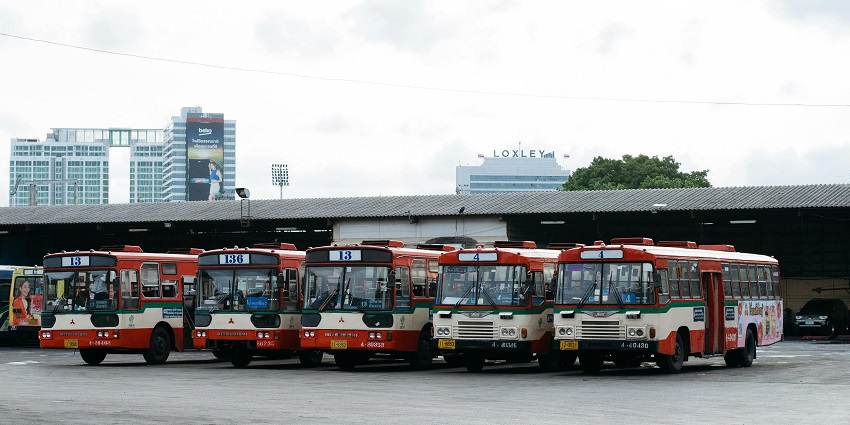
Photo: Markus Winkler / Pexels / Image For Representation Only
Reaching the monastery is an adventure in itself, with multiple travel options available:
By Road: Currently, there are two types of transport that people use to access Takthok Monastery from Leh; The time to get to Leh by car over the Leh-Manali Highway is approximately 1.5 hours of drive through the high altitudes. Local taxis and private cars are easily accessed for hire within those areas.
By Rail: The nearest railway station is Jammu Tawi lying roughly about 700 km away from Leh. From there one can take a taxi or bus to Leh, which takes roughly about fifteen to eighteen hours. While this is not the most convenient option, it can be a part of a broader Ladakh exploration.
By Air: One can reach Leh in the quickest way by air. Currently, the Kushok Bakula Rimpochee Airport in Leh is very much connected with some major cities including but not limited to Delhi, Chandigarh and Srinagar. From Leh, tourists can easily hire a taxi or take local transport to reach this monastery.
Top 10 Places To Visit Near Takthok Monastery
Here is the list of places that you can explore near the Takthok Monastery in Ladakh
1. Hemis Monastery
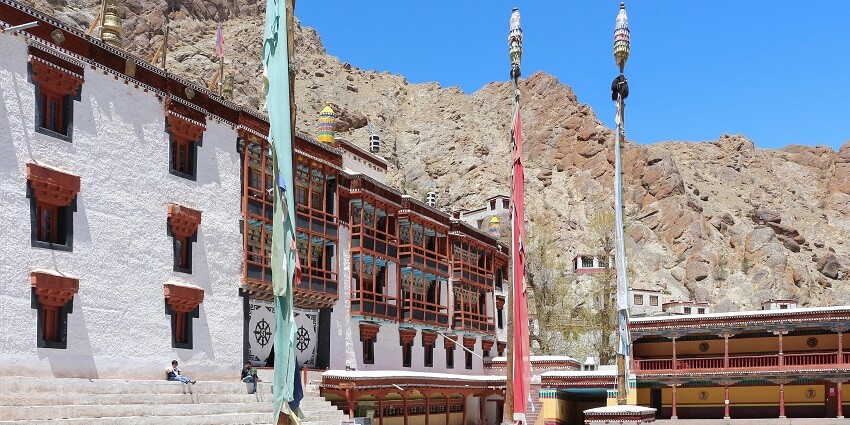
Photo: Bernard Gagnon / Wikimedia Commons
Hemis Monastery is the largest and wealthiest Buddhist monastery in Ladakh, located around 45 km from Leh. It was founded in 1672 by King Sengge Namgyal and belongs to the Drukpa lineage of Tibetan Buddhism. The monastery is famous for its annual Hemis Festival, held in June or July, which celebrates the birth of Guru Padmasambhava with vibrant masked dances (Cham) performed by monks. The monastery houses stunning relics, including copper statues of Buddha.
Location: Leh district, Ladakh
Best Time To Visit: June to September
Entry Fees: ₹50
Suggested Read: Places To Visit In Leh For A Refreshing Retreat In Nature’s Lap
2. Thiksey Monastery
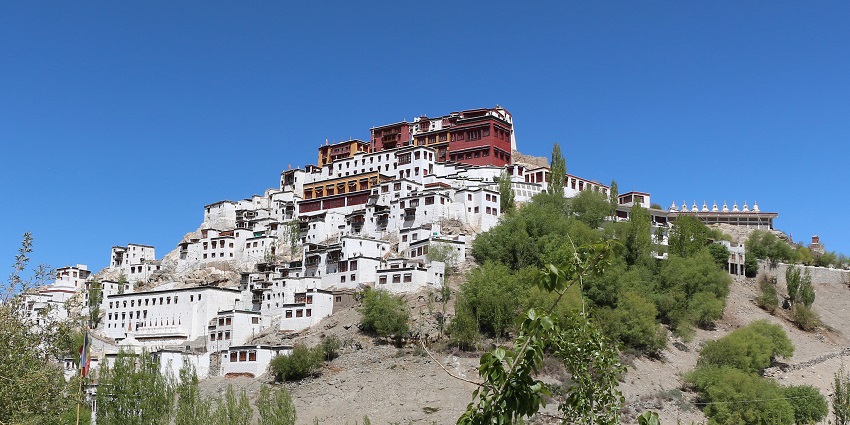
Photo: Bernard Gagnon / Wikimedia Commons
The Thiksey Monastery, sometimes compared to the Potala Palace in Lhasa, is a magnificent structure built on the hilltop over the Indus River valley. This building has 12 floors, it also includes religious objects such as stupas, statuses, and an amazing 15-meter-tall statue of Maitreya Buddha. It is open for tourists to walk through its calm passages decorated with carved images and partake in prayer rituals. It also provides stunning views of the surrounding environment as one can witness from the many photographs taken on the premises of the Monastery.
Location: Thiksey, Ladakh 194201
Best Time To Visit: May to October
Entry Fees: ₹30
3. Shey Palace
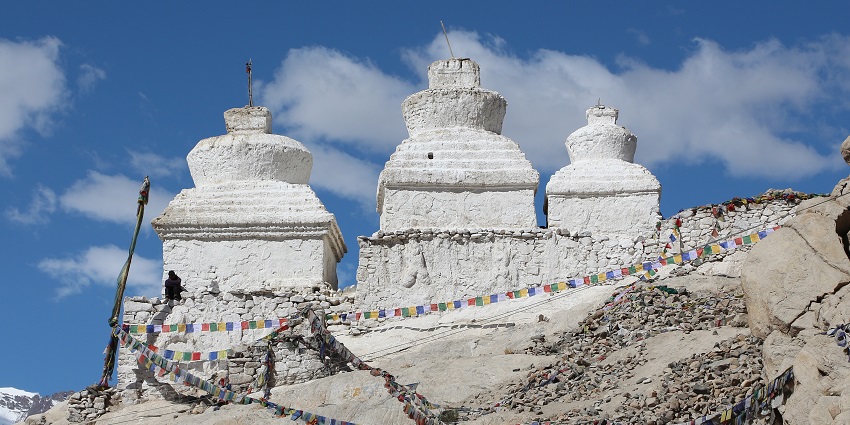
Photo: Bernard Gagnon / Wikimedia Commons
Perched at approximately Thirty kilometres from Leh, Shey Palace was used as the summer residence of Ladakh’s royal family. The architectural style is also very dividing and has given birth to a colossal copper-plated statue of Shakyamuni Buddha that draws the attention of both pilgrims and visitors. The palace provides both serene areas with a beautiful landscape of greenery and mountains in the background. People can also visit the relics of the regal era, have a pleasant experience with nature, and obtain a great view of the Indus Plain.
Location: Leh Manali Highway, near Shey Palace, Shey, Ladakh 194201
Best Time To Visit: May to October
Entry Fees: ₹30
Suggested Read: Things To Do In Nubra Valley
4. Stakna Monastery
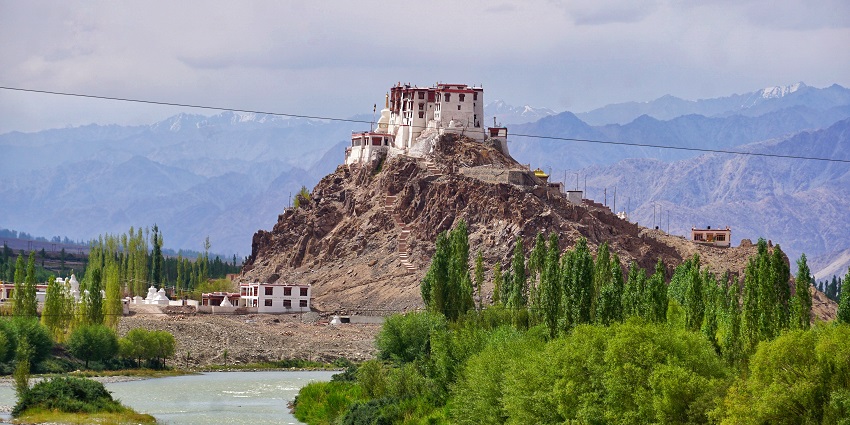
Photo: Deepank Ranka / Wikimedia Commons / Image For Representation Only
Perched atop a hill that resembles a tiger’s nose, Stakna Monastery offers breathtaking views of the Indus River and surrounding landscapes. Founded in the late 16th century, it houses a rich collection of Buddhist artefacts, manuscripts, and paintings, making it a haven for spirituality and history enthusiasts. The tranquil setting encourages meditation and reflection, allowing visitors to connect deeply with the serene environment. Stakna is less crowded than other monasteries, providing an ideal escape for those seeking solitude amidst the beauty of Ladakh.
Location: Stakna, 194201
Best Time To Visit: July to September
Entry Fees: Free
5. Matho Monastery
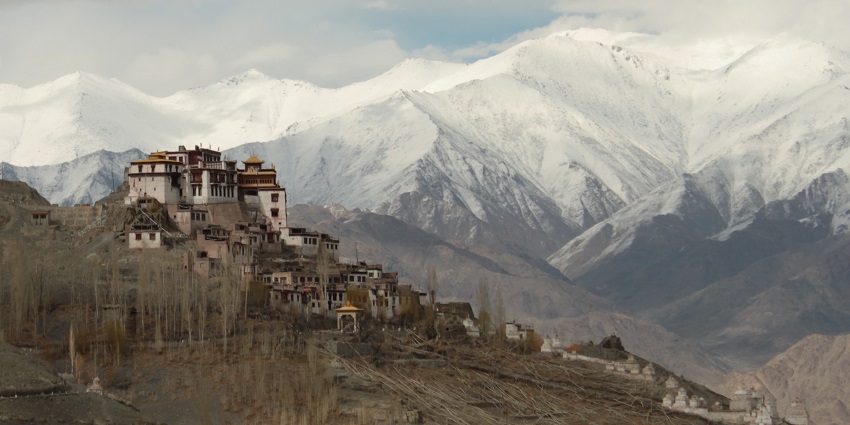
Photo: Nellyrieuf / Wikimedia Commons
Matho Monastery, founded in the 16th century by Lama Dugpa Dorje, is the only Sakya sect monastery in Ladakh. Located about 26 km from Leh, it is renowned for its annual Matho Nagrang Festival, where oracles, in a state of trance, perform rituals to predict future events. The monastery houses a rich collection of ancient thangkas, artefacts, and statues, including a museum showcasing rare silk paintings and Buddhist relics.
Location: Matho, Leh
Best Time To Visit: June to September
Entry Fees: Free
Suggested Read: Discover Stok Monastery For A Spiritual Retreat
Where To Stay Near Takthok Monastery
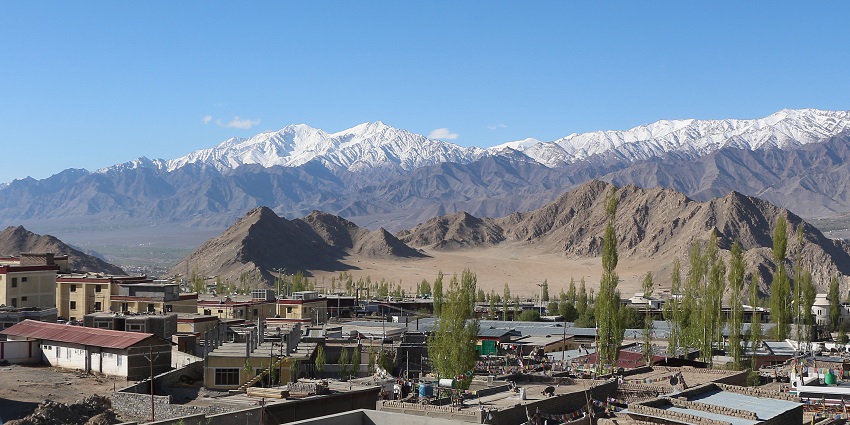
Photo: Bernard Gagnon / Wikimedia Commons / Image For Representation Only
For visitors looking to stay near Takthok Monastery, Leh provides the most comfortable options, given its proximity (46 km). The region offers a range of accommodations, from budget-friendly guesthouses to luxurious hotels. The Grand Dragon Ladakh is a top-tier choice for those seeking luxury, while Sakti Village Homestay offers an authentic Ladakhi experience close to the monastery.
Where To Eat Near Takthok Monastery

Photo: Robin Stickel / Wikimedia Commons / Image For Representation Only
Dining options near Takthok Monastery are relatively limited to small local eateries, where you can sample traditional Ladakhi and Tibetan dishes like thukpa and momos. For more variety, head to Leh, where popular restaurants such as The Tibetan Kitchen offer an array of Tibetan, Indian, and continental meals. Another great spot is Gesmo Restaurant, known for its bakery items and diverse menu.
Suggested Read: Discover The Famous Monasteries In Ladakh
Best Time To Visit Takthok Monastery
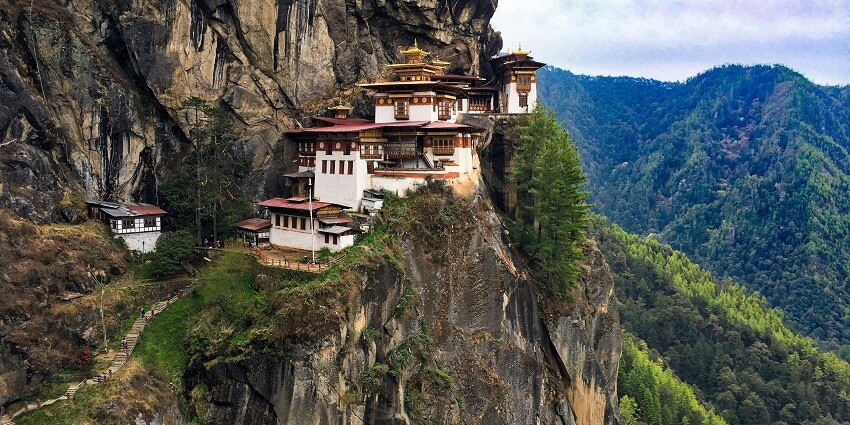
Photo: Peng Lim / Wikimedia Commons / Image For Representation Only
The best time to visit Takthok Monastery is between May and September when the weather is mild and conducive for exploration. During these months, temperatures range from 15°C to 25°C (59°F to 77°F), making it pleasant for outdoor activities and sightseeing.
Other Factors To Consider
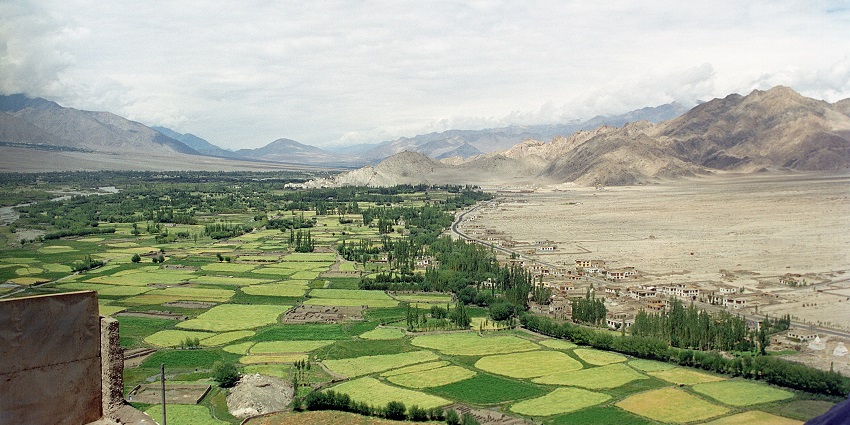
Photo: SMBhagwat / Wikimedia Commons / Image For Representation Only
Before visiting Takthok Monastery, consider the following key factors: Entry to the monastery is generally free, but donations are welcome. The operating hours are typically from 6:00 AM to 6:00 PM, allowing ample time for exploration. Given its altitude of over 12,000 feet, acclimatization is crucial to avoid altitude sickness. It’s also advisable to dress modestly out of respect for the religious site.
Tips For Travelers
Acclimatize: Give yourself at least 1-2 days in Leh to adjust to the high altitude before visiting.
Respect Local Customs: Always follow the monastery’s rules, including modest dress and maintaining silence inside prayer halls.
Stay Hydrated: The dry climate can cause dehydration, so carry sufficient water.
Be Prepared for Cold: Even in summer, the mornings and evenings can be chilly, so pack layers.
Travel Light: Roads can be rugged, so pack light but ensure you have essentials like sunscreen and a hat.
Suggested Read: Trekking In Ladakh Zanskar
Takthok Monastery is a must-visit for those looking to explore Ladakh’s spiritual and cultural heritage. Its serene setting, coupled with the profound Buddhist history, makes it an unforgettable destination for both pilgrims and tourists alike. Whether you’re drawn by the region’s breathtaking landscapes or its spiritual allure, a trip to Takthok will leave you with lasting memories. Why delay? Book your trip with TripXL.
Cover Photo: John Hill / Wikimedia Commons / Image For Representation Only


 WhatsApp
WhatsApp
 Twitter
Twitter


